Best Practices in Nursing and Midwifery: Evidence-Based Report
VerifiedAdded on 2023/03/17
|6
|1120
|75
Report
AI Summary
This report examines evidence-based practices in nursing and midwifery, emphasizing the significance of patient safety and well-being. It highlights the importance of adhering to the NMBA Codes of Conduct and Standards for Practice, which mandate the use of the best available evidence for safe and quality care. The report focuses on pressure areas, exploring current research and best practices to ensure effective patient care. It delves into the safety implications of evidence-based healthcare, including planning, treatment selection, and care approaches. The report also discusses the current recommended best practices, the Joana Briggs Institute's model, and the use of systematic reviews and clinical guidelines. Research findings, including qualitative and quantitative studies and randomized controlled trials, are evaluated to support the recommendations. The report emphasizes the use of care tools and biomedical literature to provide evidence-based decisions and improve patient outcomes. The report concludes by summarizing the current evidence, its implications for clinical expertise, and the importance of patient values in healthcare.
1 out of 6
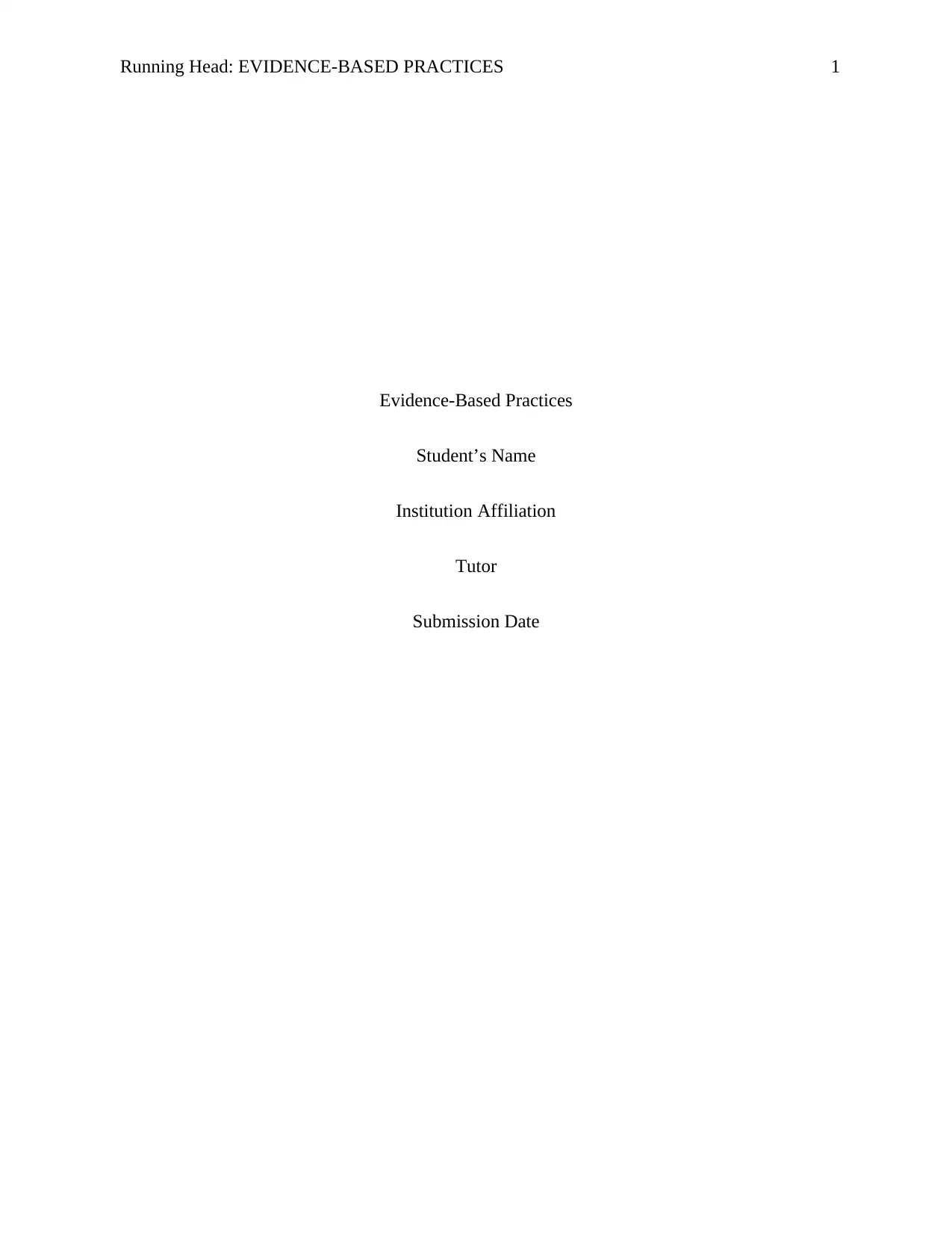
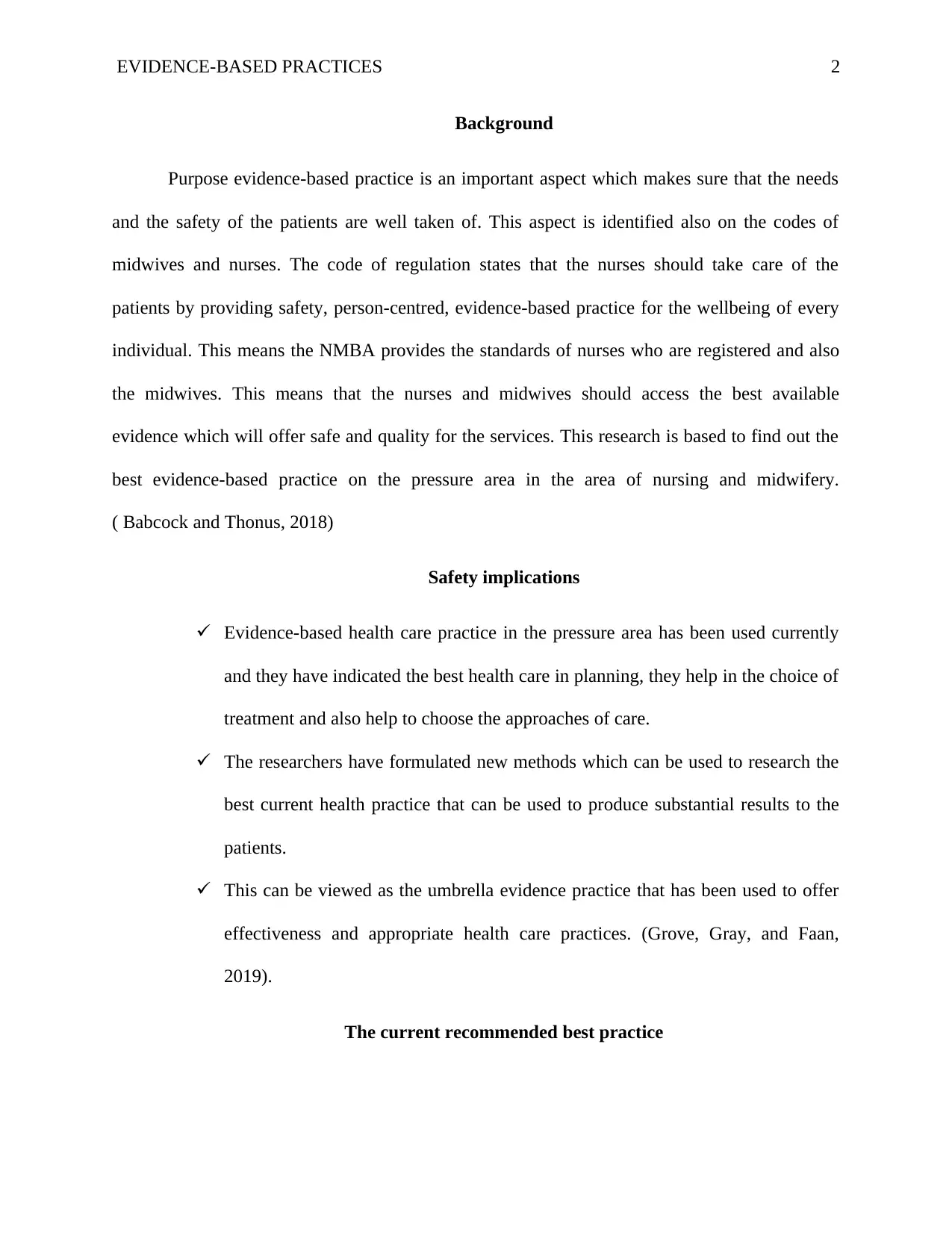
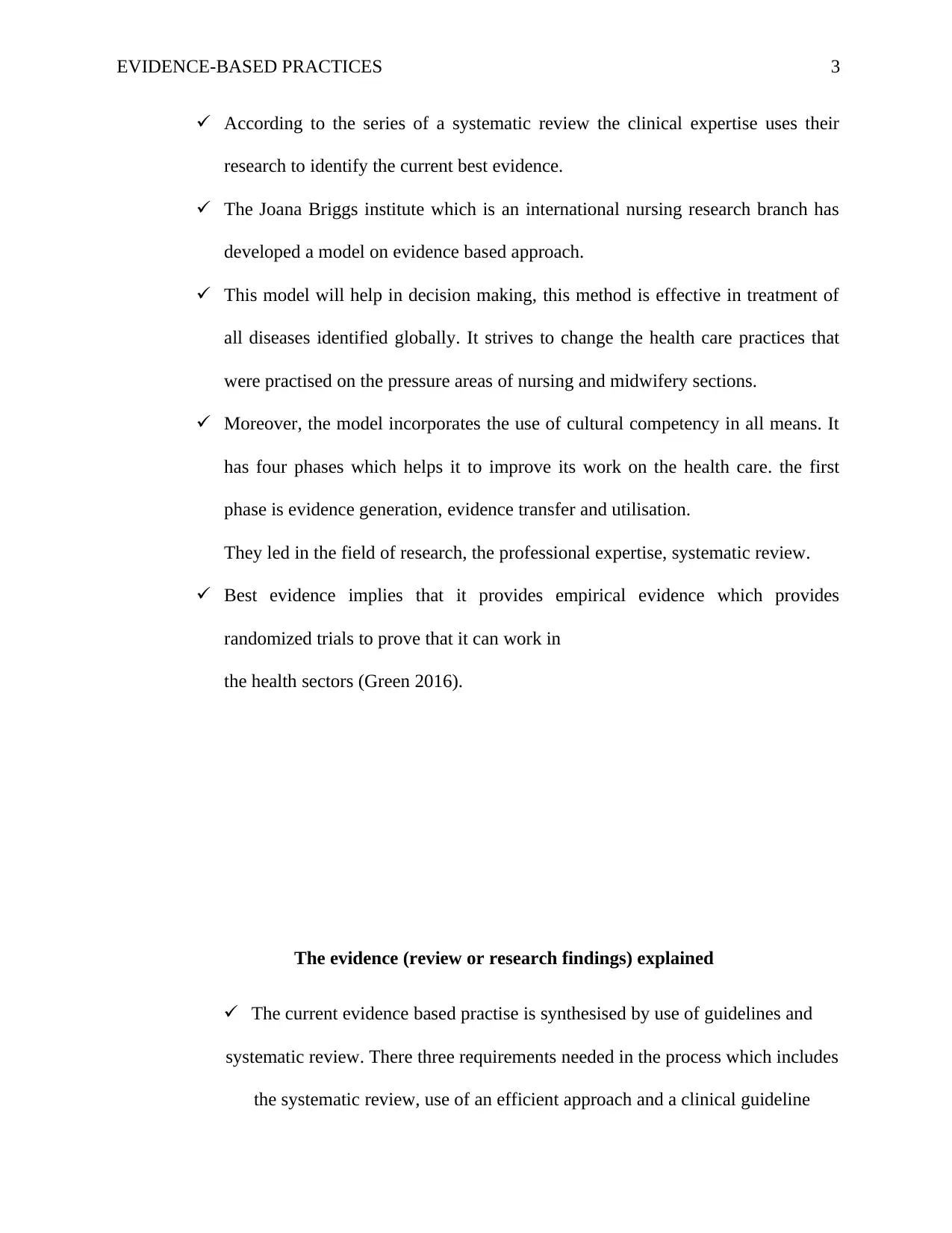

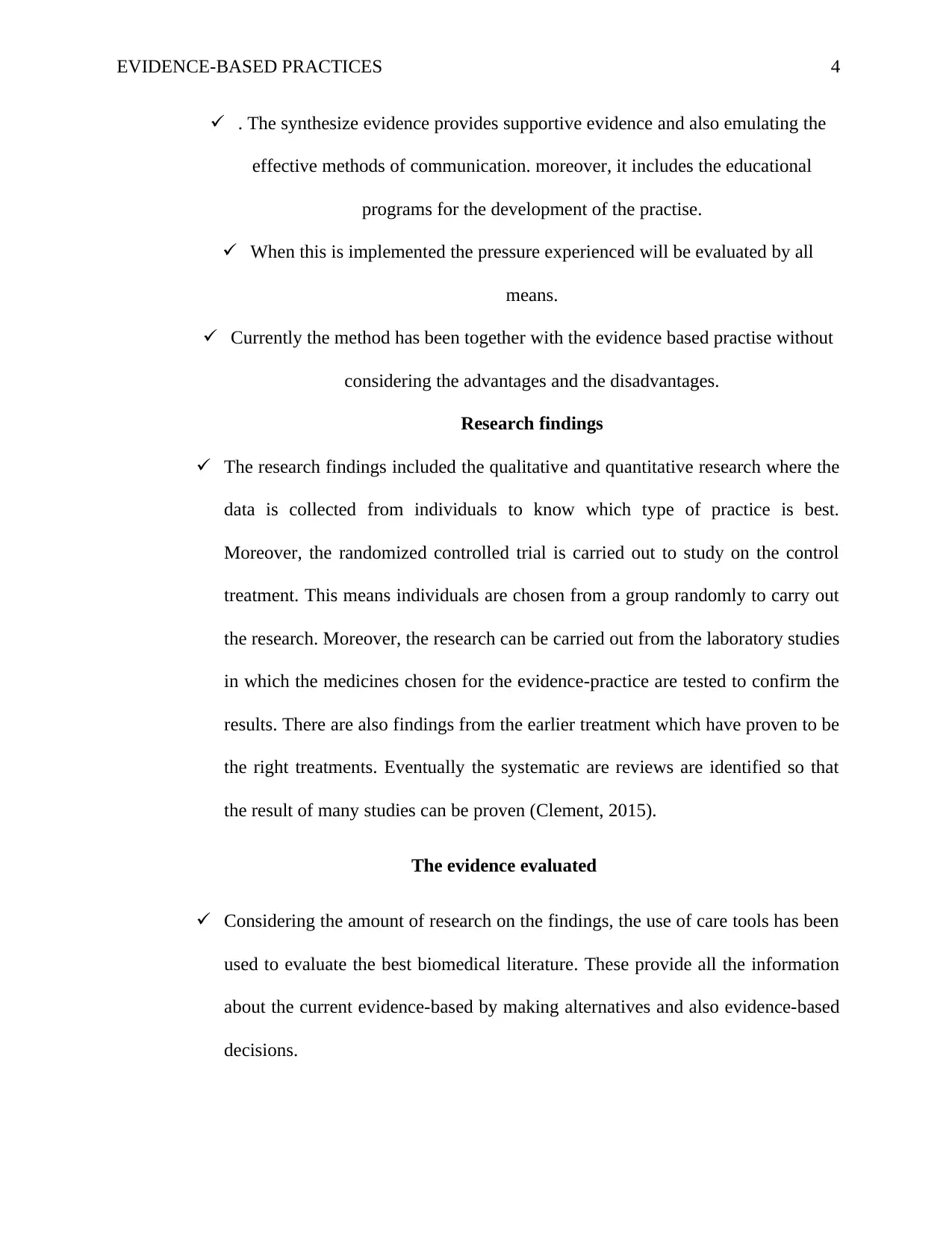
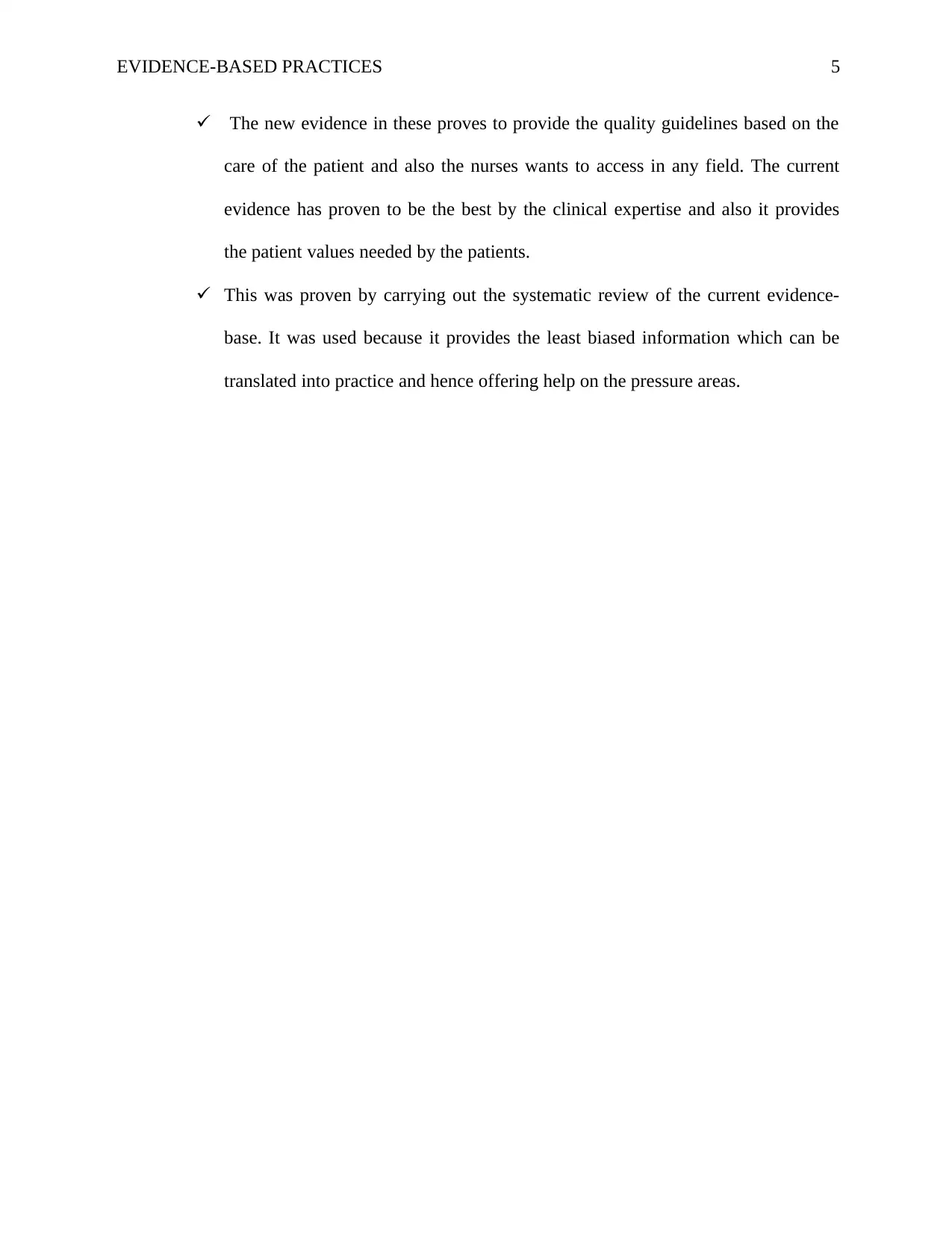
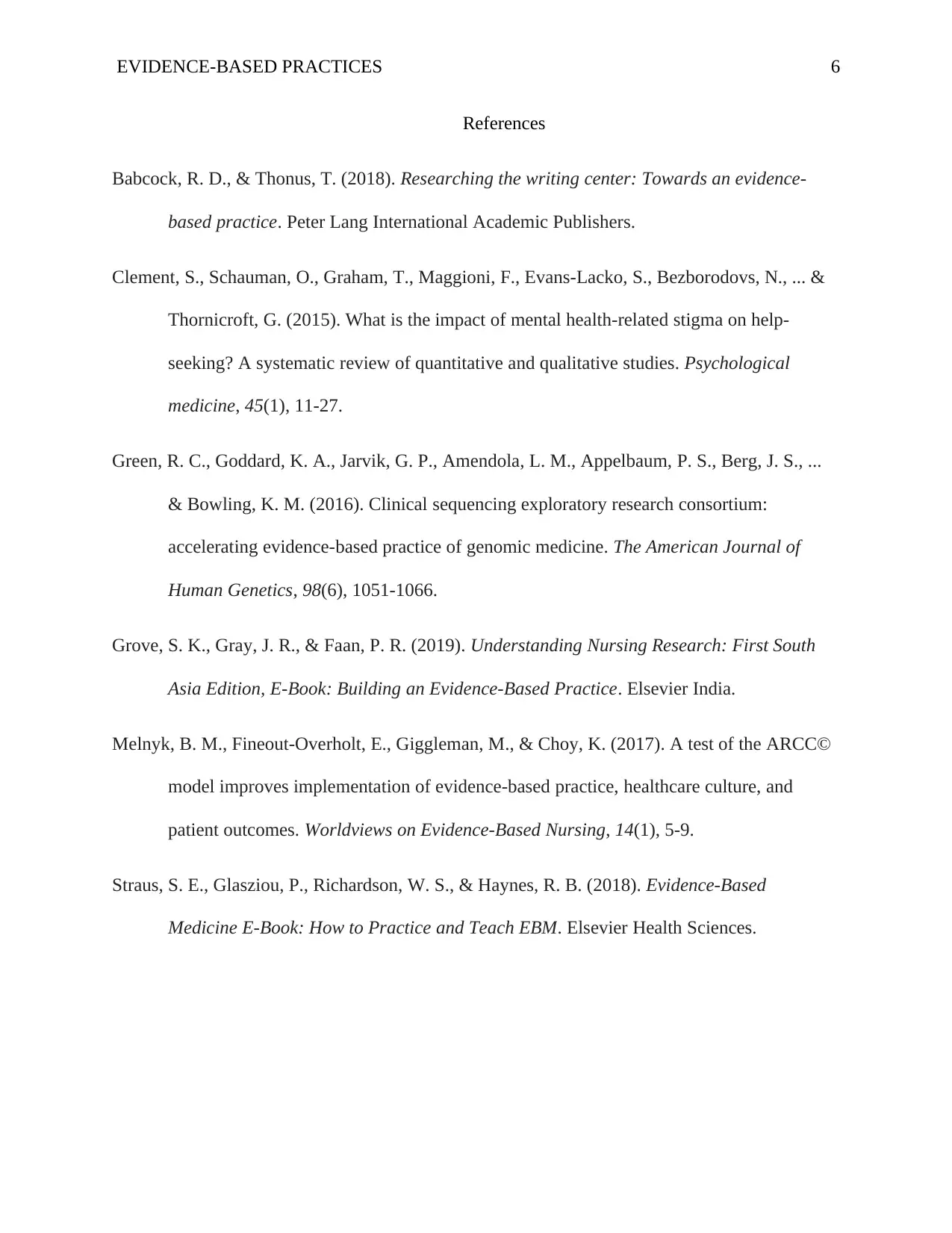






![[object Object]](/_next/static/media/star-bottom.7253800d.svg)